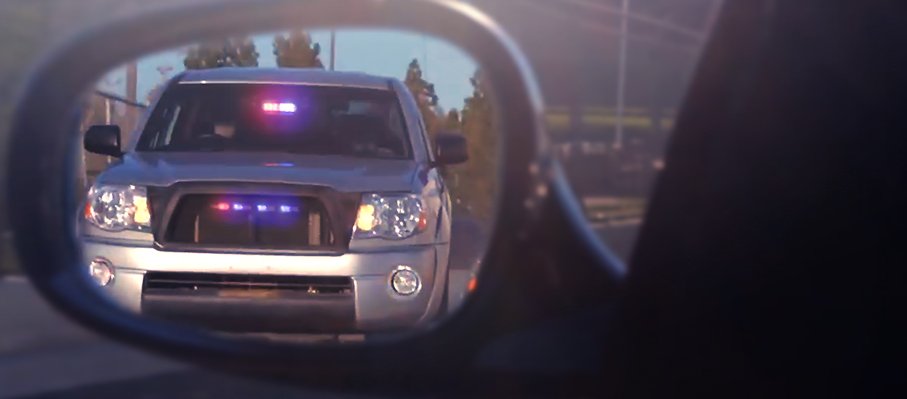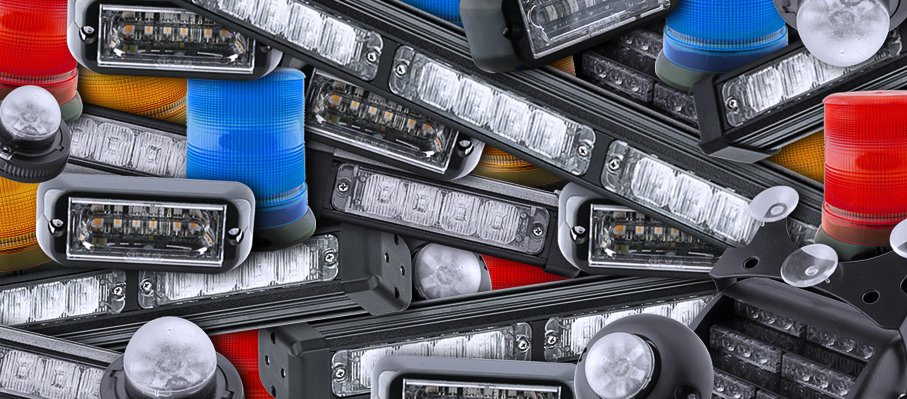Emergency vehicles have numerous purposes, including getting responders to fires, medical emergencies, accidents and crime scenes. Regardless of the specific circumstances, all of these cars and trucks will be equipped with some sort of sirens, strobe warning lights and other sorts of illumination.
But how do you know when enough lighting is enough and when you have crossed the line to the “overabundance” level? Can you have too many lights on your emergency vehicle?
The Purpose of Emergency Lighting
In general, there are two jobs that strobes, light bars and other lights play on your EMS, fire or police vehicles. First, they attract the attention of pedestrians and other drivers. In loud and clear terms, they say, “Move out of the way; there is an emergency in progress.”
Once responders arrive on the scene, lights fulfill their second mission: to warn everyone that medics, police and other staff are doing their jobs and that drivers should be careful not to collide with them.
Getting You Noticed
How much is too much when it comes to alerting drivers and pedestrians as you speedily make your way to the scene? In this case, maximum visibility makes a good deal of sense. That is why having a multitude of lights that are bright and multi-colored can be a good idea during this crucial stage of your work.
When your vehicle is as noisy and vivid as it can possibly be, it will be easily distinguished from any other car or truck on the road. Even the most distracted driver will be able to recognize that this is no ordinary conveyance; instead, it is an authorized means of transportation that is on its way to a critical incident.
Lights as Warning Mechanisms When You Are Stationary
The purpose of your strobes and beacons once you arrive at your destination is to encourage drivers to take alternate routes and to let them know that emergency personnel are on the scene. “If you need to come in this direction, slow down and be careful not to strike any first responders,” your lights should say. If you have too many lights on your emergency vehicle, or they are too bright or colorful, they might create confusion instead of sending the message you want to convey.
In practical terms, this means you may want to have two levels of lighting in your vehicle. In “responder” mode, you would want many red and clear LED lights with an abundance of headlight flashers. By contrast, your “stationary” mode involves cutting back on the illumination. Perhaps you would only want some red flashing lights in front, a few red ones on the side and some red and yellow or amber to the rear. These lights flash slowly and communicate caution to anyone who sees them.

Study Up on State Laws
If you are curious about whether your emergency lights' colors are appropriate, or if you have too many lights on your emergency vehicle, the first place you need to look is at your state and municipal laws. This is because not every state or city treats this issue in the same way. At a minimum, however, your vehicle needs to meet the NFPA 1901 lighting standards that all new rigs must attain before they are delivered.
Light-emitting diodes (LED) are now the standard in today’s illumination products for several reasons: they are long-lasting, efficient, small and powerful. They have no filaments to burn out and can be seen at great distances and even on a particularly sunny day.
Now that LEDs are widely used, it makes sense to make blue your color of choice if you are driving at night or in other dark conditions; it is more conspicuous, it provides more accurate visual information about your vehicle’s motion than red does and you can use a lower intensity without sacrificing drivers’ perception of brightness. This, in turn, minimizes the chances of night blindness.
Ideal Lighting Configurations
Recent research has suggested that the light bars on a moving vehicle should quickly and randomly flash red and blue regardless of whether it is day or night. This configuration results in the accurate perception that the vehicle is in motion.
By contrast, the whole light bar flashes as a complete unit at 90 flashes per minute at night. The best color depends on the conditions: red during the day and blue at night. This results in a large, solid, synchronous effect.

The Bottom Line
Drivers are obligated to pay close attention to the environment around them. If they see emergency vehicle lights and hear sirens, they must act accordingly by taking a different route, slowing down or moving out of the way. At the same time, fire, police and EMS officials should be aware of the impact their bright, flashing lights will have on other drivers. If they are too overpowering, oncoming drivers might be blinded, leading to further casualties or even fatalities.
Today’s drivers and pedestrians are more distracted than ever. Mobile phones and tablets as well as conversations with other passengers can divide even a conscientious vehicle operator’s attention. Furthermore, many of today’s cars are soundproof, making sirens difficult or impossible to hear.
For these reasons, strobe warning lights and other beacons and bars can perform a critical function. Just be sure that they accomplish this purpose without blinding the people they are meant to alert. Once that happens, you can be much more likely to make it to the scene and do your job safely and effectively.



Post Comments
You must be logged in to post a comment.
click here to login